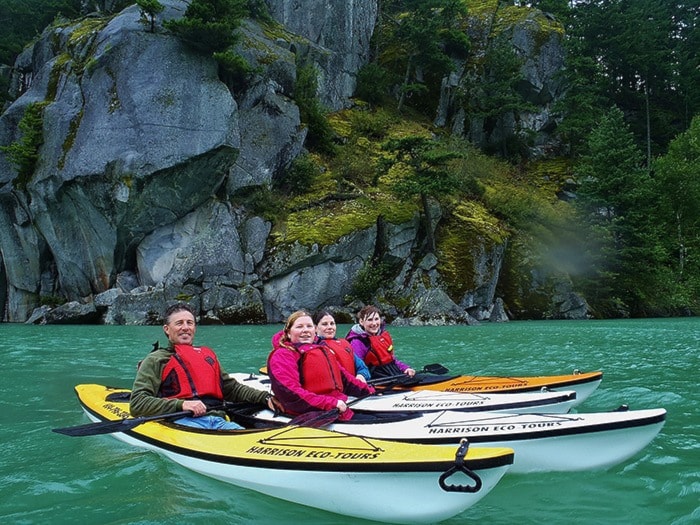Most of the things that I love to do in my spare time involve water, whether it’s the rush of riding a wave at a Tofino beach, the serenity of diving beneath them or kayaking our beautiful lakes and rivers.
It is this abundance of water that makes British Columbia such a beautiful place to live, yet we remain the only province in Canada that has yet to regulate this valuable resource.
While local greenhouses pay exorbitant monthly fees for metered city water, international companies such as Nestle (the largest foodstuff corporation in the world) pump an average of 319 million litres of groundwater a year out of their Hope bottling plant for absolutely nothing.
Even more alarming is the former CEO (now chairman) Peter Brabeck’s public opinion that “water is a food and like any other food it should have a market value”– meaning that it wants to charge you a premium price for its bottled water, but doesn’t want to pay for the commodity itself.
Even when the new Water Sustainability Act comes into effect later this spring, at the proposed billing rate of 85 cents per 1,000 cubic metres of water, Nestle would only pay about $265 a year given current production levels.
The world’s water supply is depleting fast and its scarcity has caught the attention of multinational companies looking to profit from it. The aforementioned Nestle’s foray into bottled water production in Pakistan has devastated the competing community well (in Bhati Dilwan) as groundwater levels have dropped from 100 feet ’ down to 300-400.
And while Pakistan may seem like some far-off place, we have our own concerns here, particularly with the Grant Hill aquifer on Thornhill.
Just south of the border, in California, an unprecedented drought has caused the state agency there to declare that it will be unable to provide irrigation water to a million acres of farmland, and municipalities serving 25 million people will also be out of luck.
Imagine living in a place with no water, this despite an advanced infrastructure of reservoirs, pumps, aqueducts and pipelines created just to ensure that this would never happen.
Then there’s China, where a 2013 water census revealed that some 28,000 rivers have disappeared or dried up since the 1950s due to diversion, agricultural and industrial needs (65 per cent agricultural, 23 per cent industrial, 12 per cent domestic use).
Some of these empty river beds are being filled with treated sewage and industrial run-off to give at least the appearance of a natural water course, albeit one that is absolutely useless for human needs.
A quick look at the San Antonio River in Texas reveals the same problem, as it would be totally dry in the current extended drought were it not being pumped full of treated sewage. Again, because this part of the city has a Granville Island-like riverfront with dining, shopping and pedestrian paths, appearances have to be maintained.
When you add all the hydraulic gas fracking that the U.S. has committed to and the tremendous amounts of water required in this process (as well as the potential harm to underground aquifers) we are potentially looking at some pretty dry times.
Canada has 20 per cent of the world’s freshwater, and we need to protect this valuable resource at the municipal, provincial and federal levels so that our children have a chance to drink freely, swim in clean lakes and grow healthy local produce. Water isn’t a privilege that we must purchase. It is a basic human right.
Mike Lascelle is a local nursery manager and gardening author (hebe_acer@hotmail.com).
